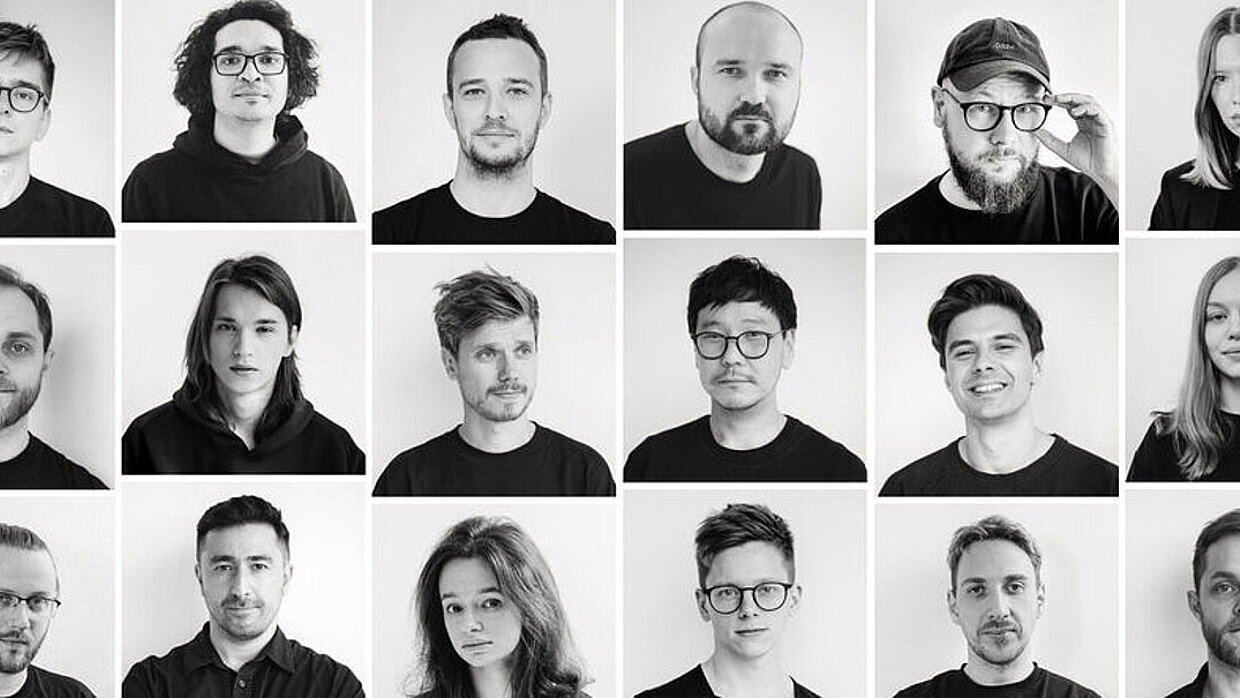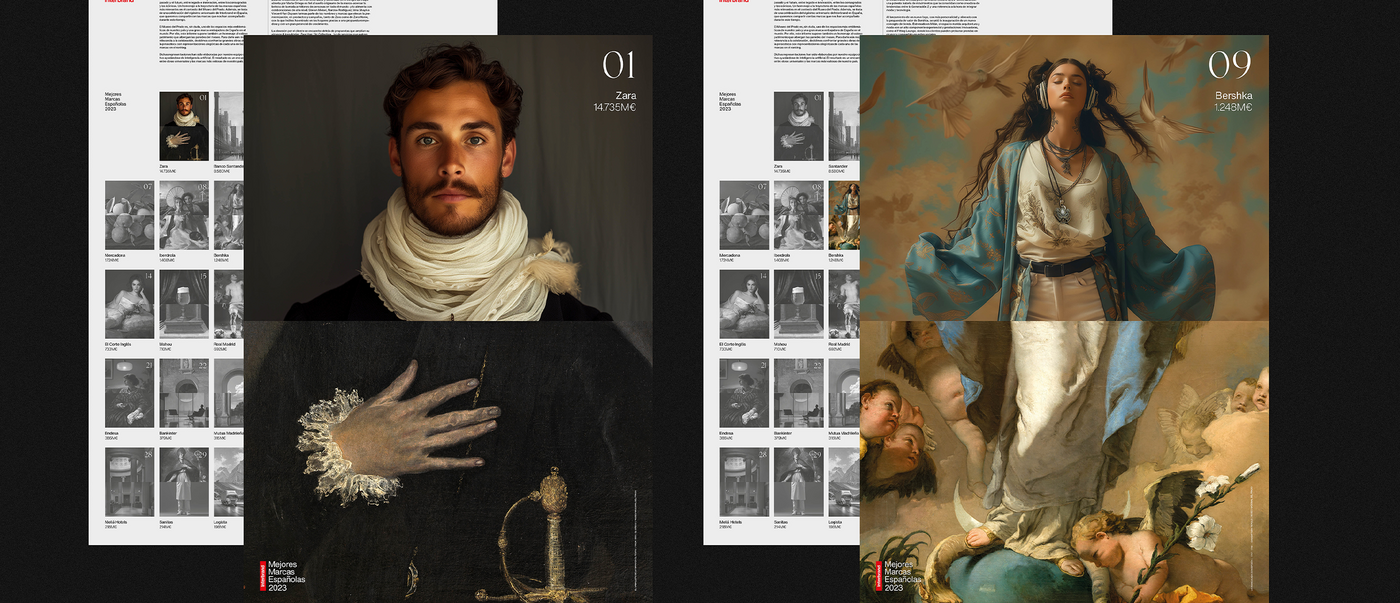
The ranking of the 30 most valuable brands in Spain analysed by Interbrand has Zara, Santander and Movistar at the top, followed by other prestigious names. They were all honoured at a gala at the Prado Museum and surprised with a special series of posters. Interbrand’s Madrid office selected a corresponding painting for each brand from the countless works in the Prado Museum’s collection. AI was used to generate a modern counterpart, resulting in a fascinating fusion of past and present, a subtle translation of the essence of a brand, and at the same time a symbol of value creation. These 30 stand-alone yet connected posters likewise became the subject of an online campaign and, of course, the CMOs and CEOs also received a framed piece representing their brand. Interbrand has succeeded in translating values and the spirit of companies in a surprising way not only in this project but in many others as well, as it has been one of the world’s leading design agencies for over 50 years. Its portfolio includes bold campaigns, clear corporate identities for top international brands, and innovative stagings. With “Maestros”, Interbrand Madrid realised another high-profile project. Even the board of the Prado Museum was so enthusiastic about the idea that it included the exhibited works in its archive.
Interview with Interbrand
Red Dot: What was the basic idea behind the exhibition of Spain’s 30 most valuable brands?
Interbrand: The Prado Museum in Madrid offered an incredible opportunity to talk about the top 30 brands in Spain and simultaneously reflect them in 30 iconic masterpieces from the museum. We wanted to connect the past with the future, legacy with disruption. First, we selected the 30 masterpieces that best represent the spirit of the 30 brands in the ranking. Then, using AI, we generated 30 visual narratives as a counterpart and combined the two on one poster. The result is a tribute to the works of old masters, yet also to the disruptive spirit of the 30 brands in the ranking.
Your team analysed thousands of works of art from the Museo del Prado. An incredibly complex process – how did it proceed?
The Prado Museum’s website features almost 20,000 works in its online catalogue. We first created an overview of the pieces and used filters to select those that we felt were the best match. At the same time, we fed the AI with ideas inspired by these masterpieces to create an artistic complement. Finally, both had to be aligned on a visual and conceptual level, without losing sight of what we really wanted to convey with each poster and for each brand.
Would the project have even been possible without the use of AI?
It surely would have been much more difficult to execute. AI can achieve the perfect interpretation of an idea, in this case the specific style of a famous painter. If this had been realised by an illustrator or artist, that person’s style would have prevailed and created a kind of biased interpretation. The result would not have been as harmonious as when using this technology.
Of course, we mustn’t forget that you also had to create over 10,000 prompts for this. Is it becoming increasingly important for creatives to communicate to clients that AI is just a tool?
At Interbrand, we see AI as a groundbreaking tool that can do unimaginable things. However, like other tools, it needs creative input and guidance and should not replace creative thinking. On the contrary, it needs to complement and support our daily design work. Its strength lies in the fact that it allows you to visualise your ideas faster, more effectively and more clearly. This facilitates internal brainstorming processes, but it also helps to communicate them better to clients.

